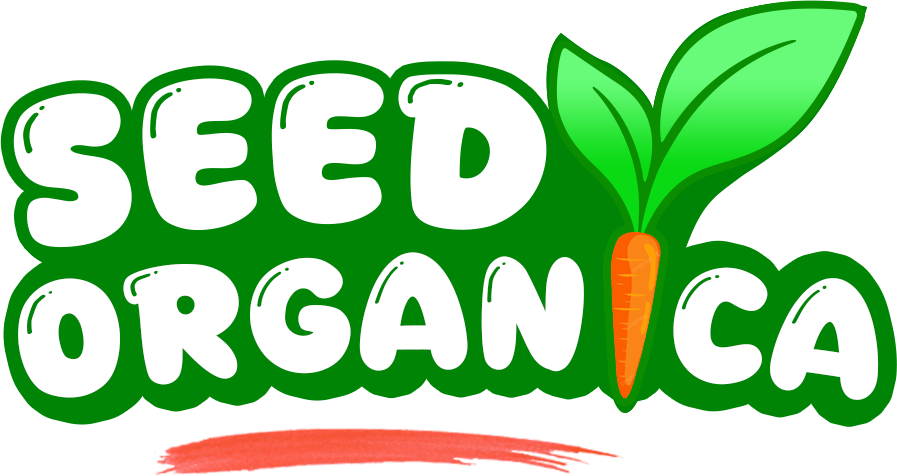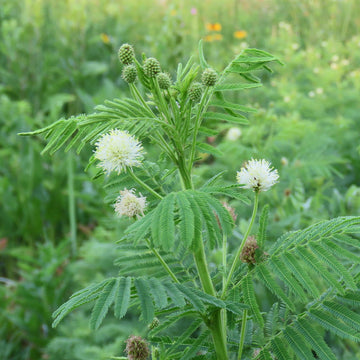Illinois Bundle Seeds – Native Perennial Legume
-
Estimated Delivery:Oct 22 - Oct 26
-
Free Shipping & Returns on all orders.
Illinois Bundleflower is a hardy and versatile native perennial legume known for its unique spherical seed pods and ability to enrich the soil naturally. This deep-rooted plant is highly valued for its nitrogen-fixing properties, erosion control, and support for pollinators and wildlife. Its attractive fern-like foliage and distinctive seed clusters make it a practical and beautiful addition to native plant gardens, prairie restorations, and wildlife habitats. The plant thrives in full sun and adapts well to various soil conditions, including dry and poor soils.
Features:
-
Native perennial legume that improves soil fertility through nitrogen fixation.
-
Distinctive round seed pods and delicate compound leaves.
-
Drought-tolerant and low-maintenance once established.
-
Provides food and shelter for birds, bees, and other beneficial insects.
-
Excellent for erosion control and land restoration projects.
-
Adapts to a wide range of soil types, including sandy and clay soils.
Specifications:
-
Scientific Name: Desmanthus illinoensis
-
Common Name (US): Illinois Bundleflower
-
Plant Type: Perennial legume
-
Growth Habit: Upright, bushy form
-
Mature Height: 2–4 feet (60–120 cm)
-
Sunlight Requirement: Full Sun
-
Soil Type: Well-drained to moderately dry soils; tolerates sandy, loamy, or clay soil
-
Water Requirement: Low to moderate once established
-
Bloom Period: Summer (June to August)
-
Flower Color: White to cream
-
Seed Pods: Brown spherical clusters that form in late summer
-
Germination Time: 10–20 days (scarify seeds before planting for best results)
-
Planting Depth: ¼ inch deep
-
Spacing: 12–18 inches apart
-
USDA Hardiness Zones: 4–9
-
Best Planting Season: Spring to Early Summer
-
Best Planting Months (by Zone):
-
Zones 4–6: May to June
-
Zones 7–9: March to May
-
-
Wildlife Benefit: Supports pollinators, attracts beneficial insects, provides seeds for birds
-
Uses: Soil improvement, prairie restoration, pollinator gardens, erosion control

















